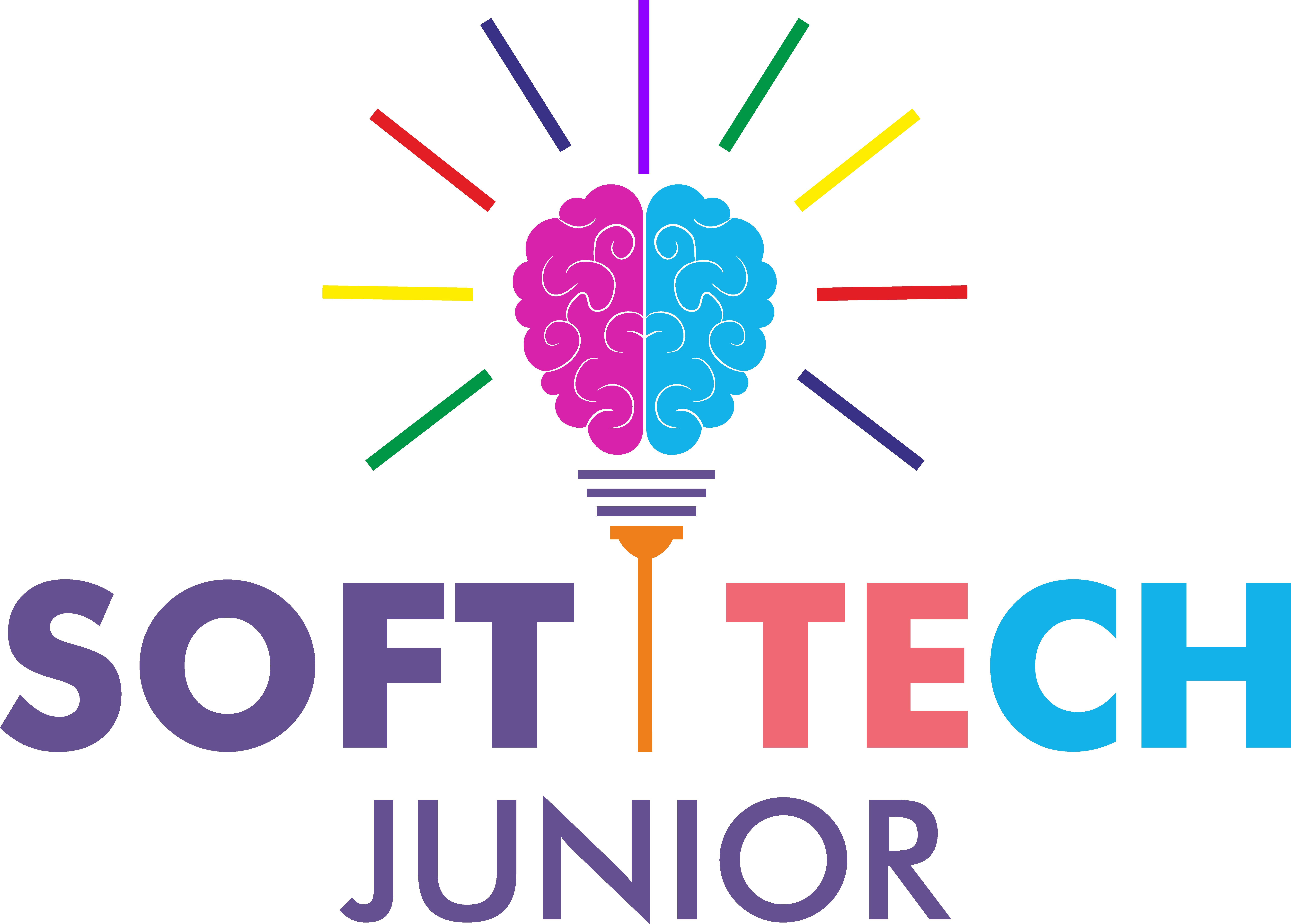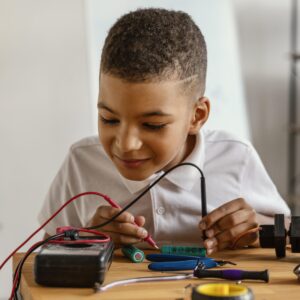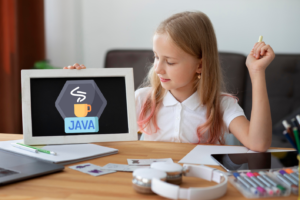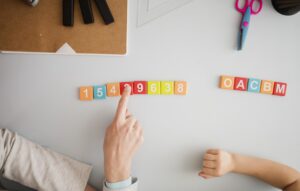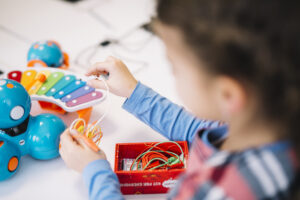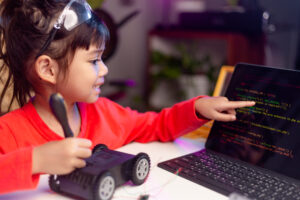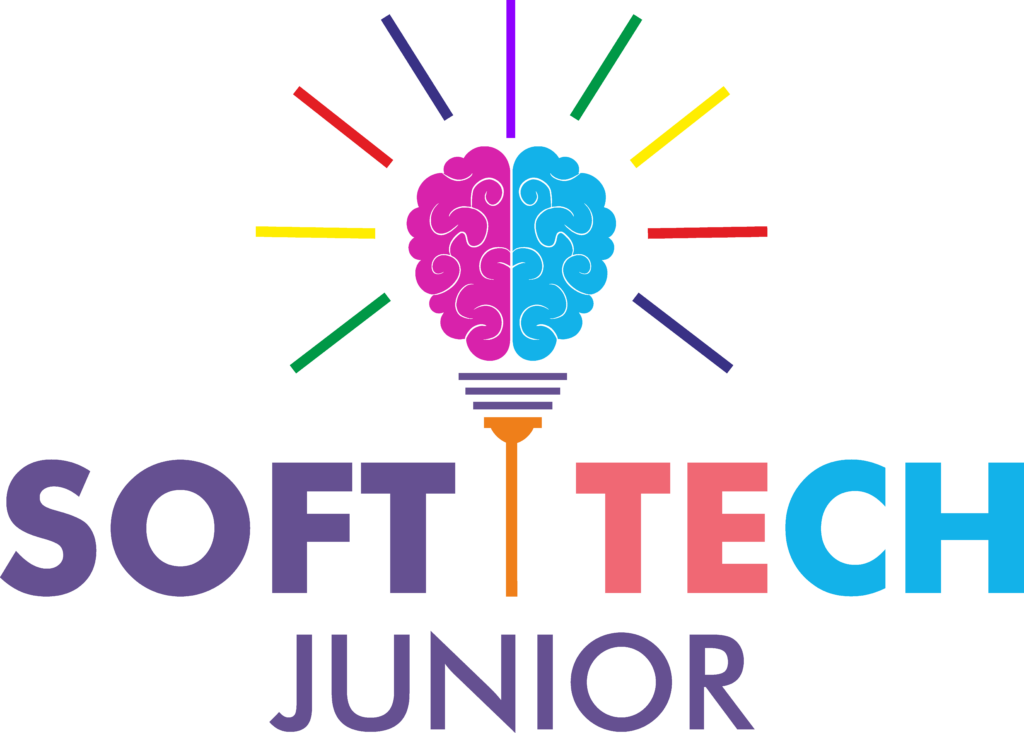Which is Better for Kids?
Choosing the right coding language for kids can be tricky. This blog compares Scratch and Python, helping parents understand which one is more suitable for young learners based on age, skill level, and learning outcomes.

Table of Contents
Introduction
In today’s digital world, teaching coding for kids has become as essential as teaching math or science. But with so many programming languages out there, many parents are left wondering where their child should start. Two of the most popular beginner-friendly languages are Scratch and Python. While both offer exciting opportunities for kids to learn coding, each has unique strengths and learning curves. This blog breaks down the differences between Scratch and Python to help you decide which one aligns best with your child’s age, interests, and future goals. Whether your child is just beginning or ready to dive into real-world coding, choosing the right language can make all the difference in keeping them motivated and engaged.
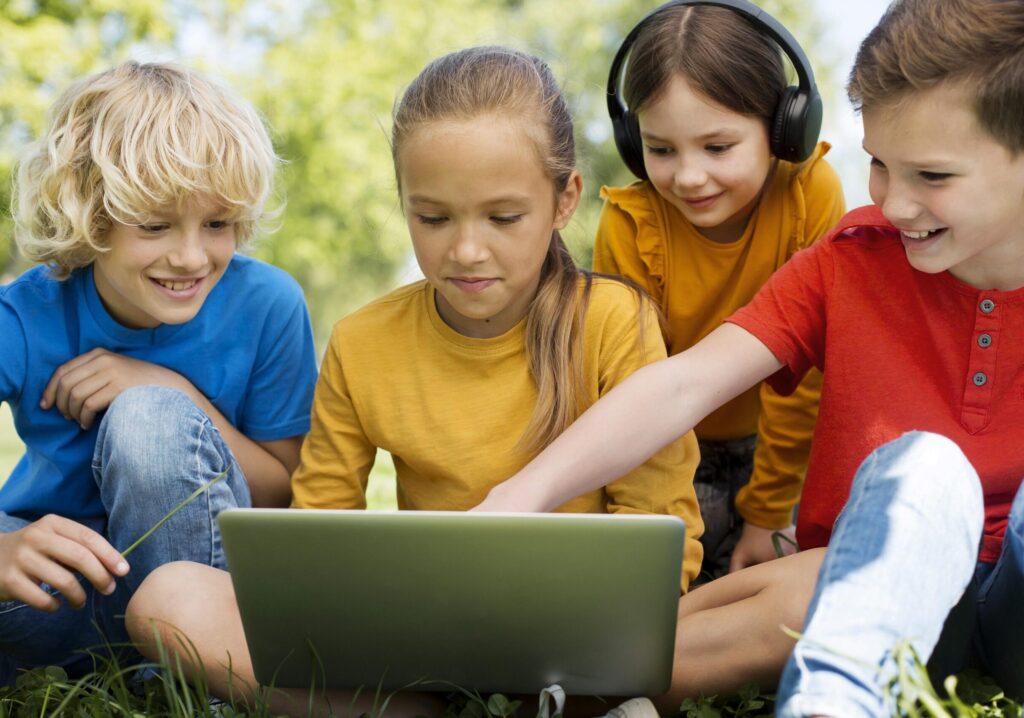
Scratch: A Visual Playground for Beginners
Python: Real-World Coding for Older Kids
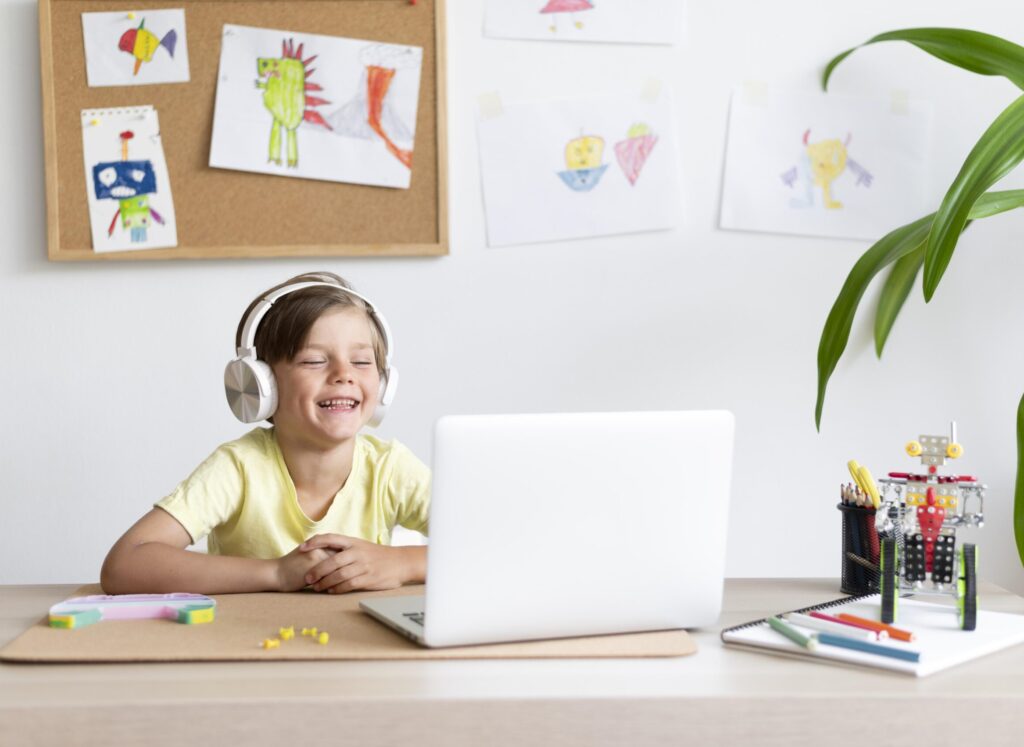

Comparing Learning Outcomes
When to Transition from Scratch to Python
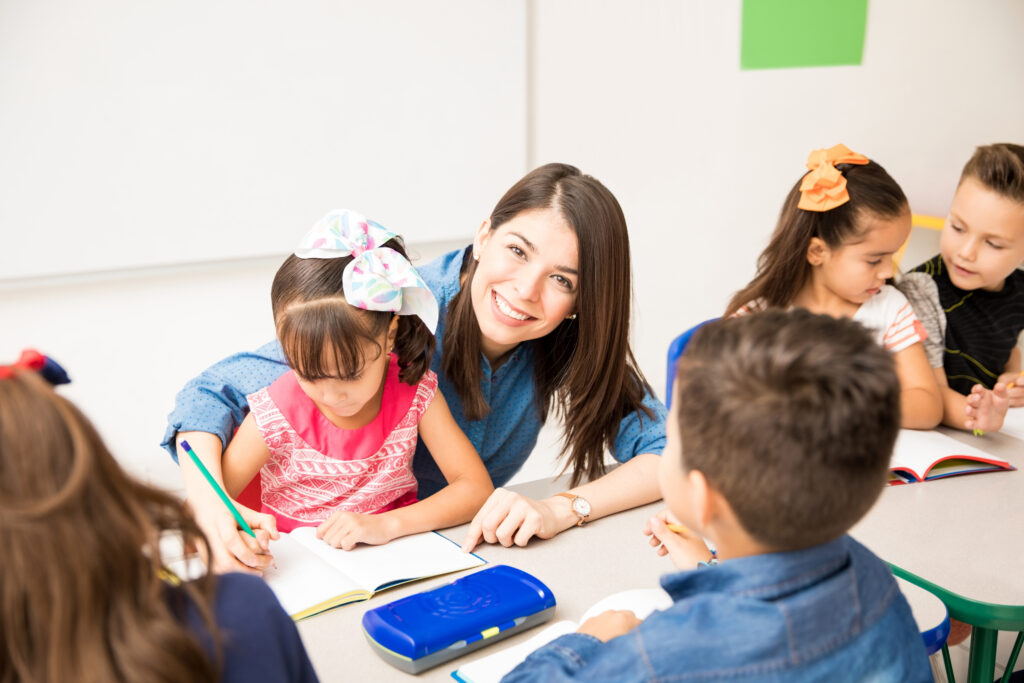
The Right Coding Course for Your Child at SoftTech Jr
Both Scratch and Python are excellent tools for teaching coding for kids, each offering distinct advantages based on age and experience. Scratch is perfect for sparking interest and creativity in younger learners, while Python empowers older kids to build real-world projects with practical applications. At SoftTech Jr, we offer a range of coding courses for kids that start with block-based platforms like Scratch and gradually introduce Python as they progress. This structured approach ensures that every child learns at their own pace, gaining both confidence and technical skills. Explore our courses today and help your child begin their exciting journey into the world of coding!
Fun Robotics Projects to Get Kids Interested in Coding
Robotics makes coding hands-on and exciting, allowing kids to bring their digital ideas into the physical world. Through engaging and beginner-friendly projects, children can learn programming concepts, logic, and problem-solving in a fun and creative way.
Scratch vs. Python: Which is Better for Kids?
Choosing the right coding language for kids can be tricky. Compare Scratch and Python, helping parents understand which one is more suitable for young learners based on age, skill level, and learning outcomes.
How JavaScript Helps Kids Create Interactive Websites & Apps
JavaScript is a powerful language that brings websites and apps to life. From adding animations to making buttons clickable, kids get hands-on with real-world tech skills they can use to build amazing digital projects.
The Benefits of Block-Based Coding for Young Learners
Block-based coding simplifies programming into colorful, drag-and-drop blocks—making it the perfect entry point for kids to learn coding concepts without getting overwhelmed by complex syntax.
How Coding Enhances Problem-Solving and Creativity in Kids
Coding doesn’t just teach kids how to use technology—it helps them develop sharp problem-solving skills and boosts their creative thinking. Through coding, children learn to approach challenges with confidence and curiosity.
Robotics for Kids: The Fun Way to Learn Coding
Coding is an essential skill in today’s digital world, and learning the right programming language can make it fun and accessible for kids.
